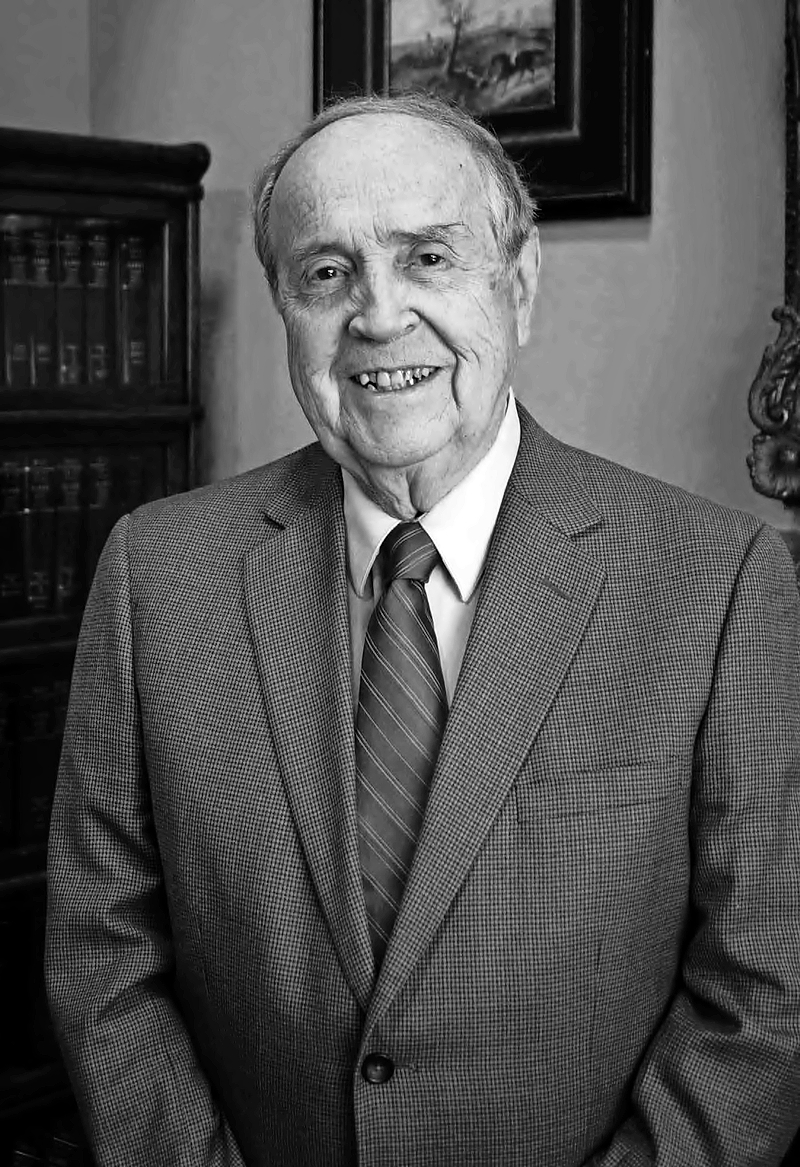Brain Investigation
By Karen Wojcik Berner
September 2018 View more Influencers

Photo courtesy Walsh Research Institute
After tackling such topics as nuclear science, chemical engineering, batteries, physical chemistry, and mental illness, Naperville resident William Walsh, PhD, believes he has now found the cause of bipolar disorder, an illness that causes unusual shifts in mood, energy, and activity levels.
Walsh, founder of the nonprofit Walsh Research Institute, and his research partner, former Loyola Medical School psychiatry chair Robert de Vito, MD, think the key to the mania-depression cycling could be a single mechanism: the lost ability to form proper resting potentials (voltages) in parts of the brain.
Walsh presented the pairs’ findings at a recent meeting of the American Psychiatric Association in New York City. The research behind his talk, “Neuroscience Theory of Bipolar Disorder,” was born out of what Walsh terms “frustration and curiosity.”
“After 30 years of working with 1,600 bipolar patients, I was intensely bothered by the fact that so little was known about the causes of this devastating disorder,” he says. “One day, at lunch at Braconi’s in Naperville, my best friend Dr. Bob de Vito and I decided to examine recent neuroscience advances and apply them to bipolar disorder to seek the cause of bipolar onset and the mysterious cycling between mania and depression.”
Until recently, Walsh says they believed the key to bipolar onset was the impaired ability to effectively clear potassium from outside neurons. However, in the past six months, it became clear the originating defect is the inability to develop complete resting voltages in parts of the brain.
“Once this condition occurs, the rest is automatic,” Walsh says. “Reduced voltages cause mania and additional neuronal outflow of potassium that can flood certain vulnerable brain areas and disable them.”
The next step is to educate bipolar researchers so they can find improved medications and other treatments. Walsh is currently writing a book, The Essence of Bipolar Disorder. A best-selling Amazon author, he also wrote Nutrient Power: Heal Your Biochemistry and Heal Your Brain, which discusses how tailored nutrient therapies can help patients dealing with conditions such as autism, schizophrenia, and Alzheimer’s disease.
Walsh is a noted expert on biochemical imbalances, methylation, and epigenetics, and his other accomplishments include inventing a lithium battery that won an IR-100 award in 1973, the 1978 discovery of chemical imbalances in violent subjects, the discovery in 2000 of metallothionein depletion in autism, and identifying five biochemical biotypes of clinical depression in 2014.
“I’ve always loved solving puzzles,” he says. “My research has resulted in about 17 patent applications. Like many of my colleagues, I experience intense curiosity and the desire to solve technical problems.”
Walsh directs an international physician-education program that teaches advanced biochemical therapies, now used by more than 600 doctors. He has also worked at Los Alamos Scientific Laboratory, Ames Laboratory and Institute for Atomic Research, the Savannah River Plant, and Argonne National Laboratory. Walsh has even conducted a forensics study that involved chemical analysis of Beethoven’s relics, revealing that the composer suffered from lead poisoning.
With such an extensive body of work, does the researcher have time for fun?
“I confess to being obsessive about mental health and trying to help people. However, it’s not a burden, but instead brings a lot of enjoyment,” Walsh says. “My wife is a social butterfly who keeps me engaged in the real world. We never miss the Thursday band concerts in downtown Naperville. I’m a sports fanatic and enjoy baseball, football, and basketball. But the most joy comes from helping people with mental challenges.”


